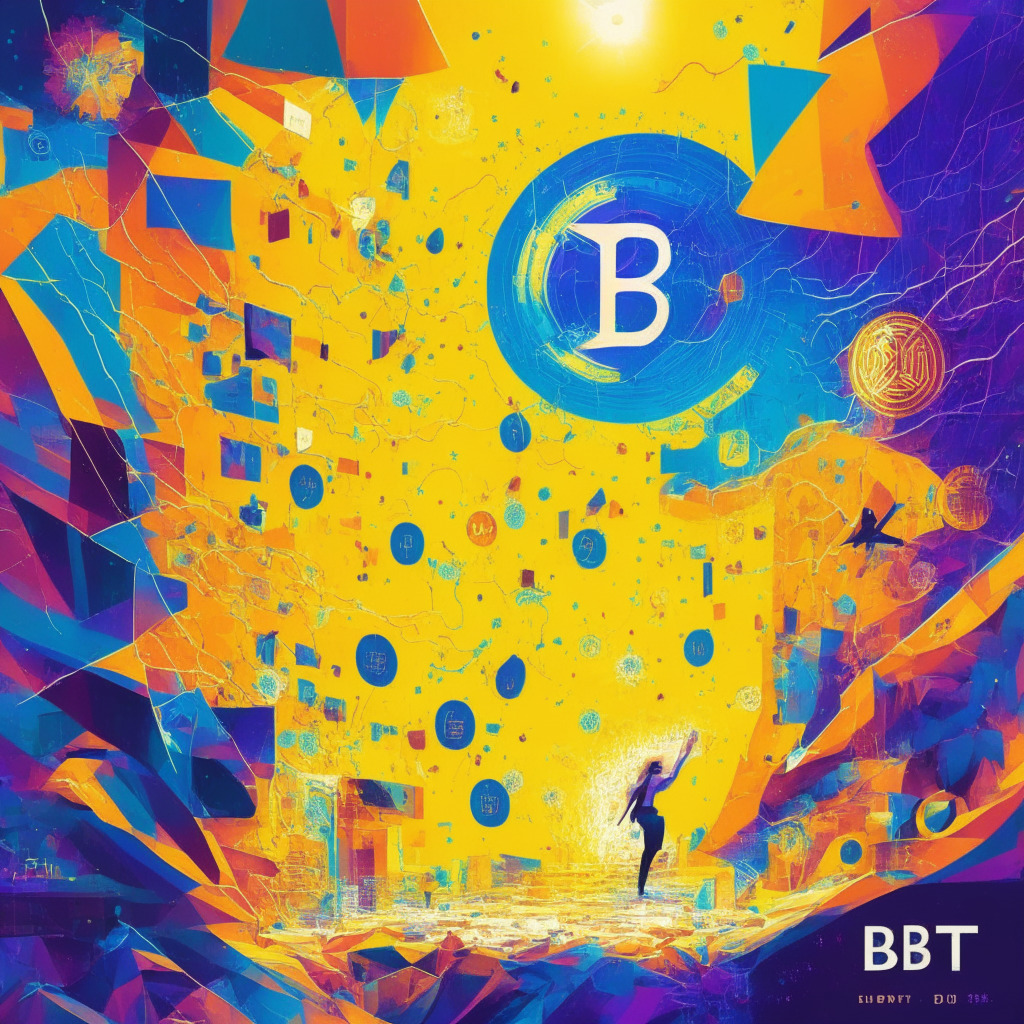The U.K. Financial Conduct Authority (FCA) is ushering in an era of technology experimentation by offering firms access to a digital sandbox. As declared by the regulator, the sandbox, an experimental and testing environment, enables firms to understand their products’ early-stage performance. Not a fresh concept, the digital sandbox was operational in a trial mode during 2020. However, its broader use has been recently announced hence stirring a fusion of enthusiasm and caution in the readers.
Beyond just development firms, this sandbox is open for data providers too. Its offerings include access to datasets, application program interfaces (APIs), and data security protection. With stakes high in terms of data security and management, this initiative takes a bold step moving the conventional testing procedures right underneath the spotlight.
During one of its pilot phases, this sandbox served as a tool for evaluating sustainability performance, thereby extending the utility of the environment to include eco-friendly decentralized ledgers. The thought that such a setting not only validates the functionality but also the sustainability performance of a product brings an interesting aspect into perspective.
The sandbox’s secure setting is a playground for developers to assess products while keeping unintended side-effects isolated from a live environment. The inherent charm of this facility lies in its flexibility as it can be configured to support distributed ledgers and an array of digital-asset use cases. For instance, it accommodates building interoperability between networks, thereby fostering an ecosystem of integration within the digital economy. An informant familiar with the project foretold this ability of the sandbox, rendering it as an asset for those willing to venture into such complex use cases.
Furthermore, the FCA’s sandbox wasn’t initially readily available. It was only during scheduled pilots and TechSprints, collaborative events aimed at resolving industry challenges that developers had a chance to test their products within the sandbox. This restricted availability further fuels the anticipation around unlimited access to this experimental playground. John Glen, the previous Economic Secretary, had announced the plans for the sandbox in a previous speech, emphasising his desire for the country to nurture crypto innovation. His successor, Andre Griffith, echoes similar sentiments, putting the crypto world on alert.
While this development could be a boon for innovators and blockchain entrepreneurs, some might question the risks associated with exposing a secure testing environment to the broader public. Nevertheless, this move is ought to open new arenas for technology experimentation in the country’s digital economy landscape, piquing crypto enthusiasts’ interest, and prompting an expanse of new discussions around blockchain technology’s future.
Source: Coindesk




